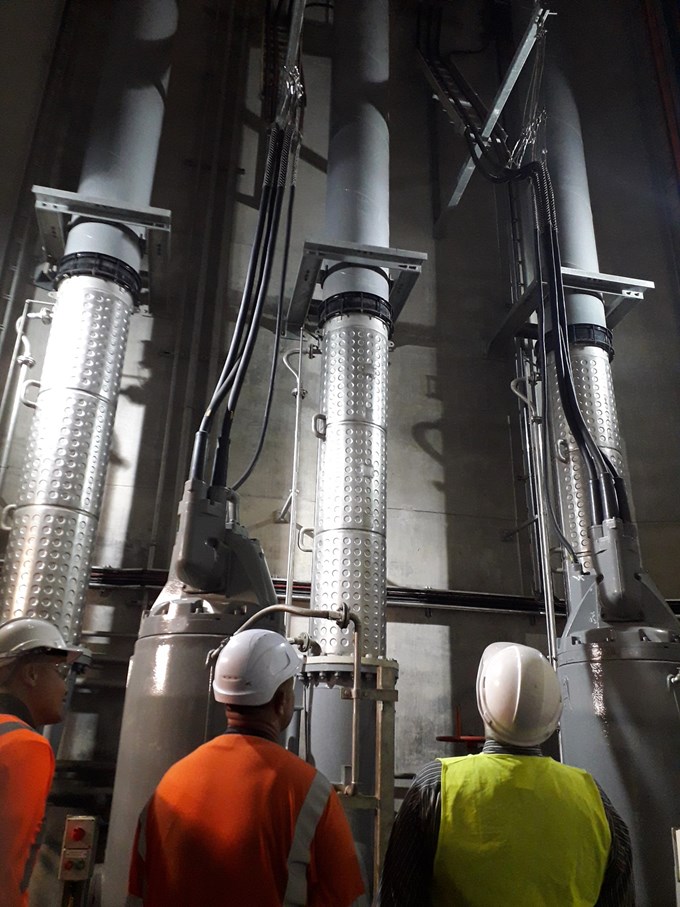Ōrākei Local Board members were invited 30 meters underground to explore Watercare wastewater project and what they found was impressive.
In 1903, Auckland city’s population had grown such that there was a need for a reticulated scheme handling both wastewater and stormwater. The Ōrākei Wastewater Scheme was built, taking wastewater from Pt Chevalier across the city to Ōkahu Bay.
Fast forward a hundred years, the waste has been redirected via the Māngere Wastewater Treatment Plant and the Ōrākei scheme is redundant. Part of that infrastructure was repurposed and became the SEA LIFE Kelly Tarlton's Aquarium.
The external sewer pipes were removed, and in 2010 Watercare built new underground wastewater tunnels across Hobson Bay. It was these tunnels, 30 meters underground, Ōrākei Local Board visited to better understand the ongoing work and scope of work underway in their area.
“It was a truly eye-opening visit, we knew the tunnels were there but to see for ourselves the depth of the hole, the size of the infrastructure and to the hear the full history including technological advances were a real experience” explains Scott Milne Ōrākei Local Board Chair.
Board members used the opportunity to become better informed of the complex challenges caused by ageing infrastructure and increased demand as a result of urban intensification.
“Seeing this sheer size of these projects helps put into perspective the plan we are all working on; to prepare for the next hundred years of water-based services”
The tunnels lead into Pump Station 64, the largest wastewater pump station in the country, going to a depth of 40 meters, or about 13 stories. It is home to six pumps which are used to move wastewater to the treatment plan in Māngere. The maximum pumping capacity is a massive 4500 litres a second, though it currently doesn’t need to reach those amounts.
“It was our pleasure to show Ōrākei Local Board around this impressive piece of infrastructure in their backyard” explained Leroy Beckett from Watercare. “It’s great to spend time with the elected members as we have ongoing and productive conversations about the future of our work in the area.”


